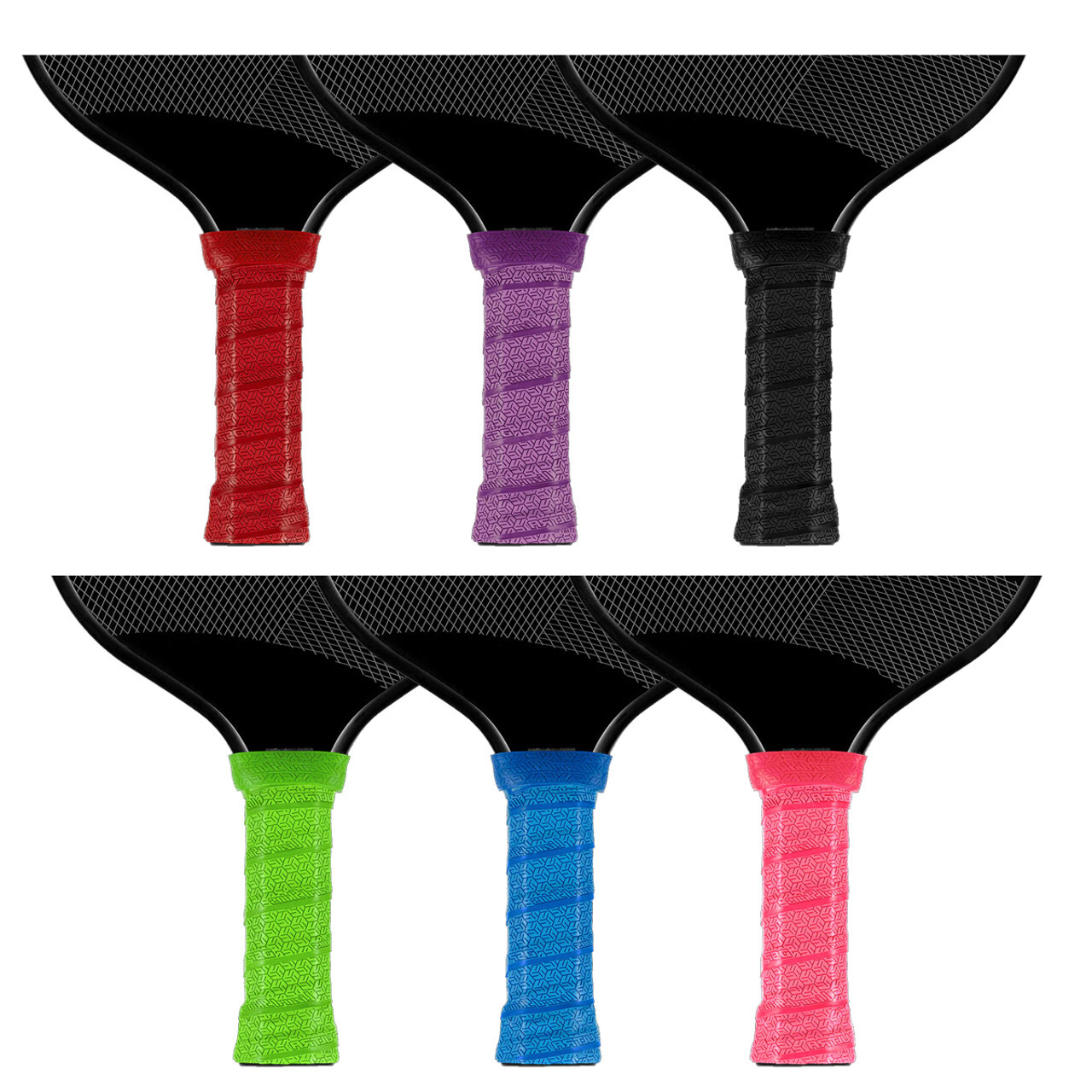
Pickleball, a sport that blends elements of tennis, badminton, and ping-pong, has surged in popularity. Central to mastering this game is understanding the nuances of pickleball grip, which significantly influences your performance on the court. Whether you're a beginner eager to learn the basics or an experienced player looking to refine your skills, knowing the right way to hold your paddle can make a world of difference. This guide will walk you through 10 essential facts about pickleball grip, covering everything from the types of grips to how they affect your play. Perfecting your grip is the first step toward elevating your game, and with these insights, you'll be well on your way to becoming a more effective and confident player.
Pickleball, a sport that combines elements of tennis, badminton, and table tennis, has surged in popularity across various age groups and skill levels. Central to mastering this game is understanding the nuances of pickleball grip, which significantly influences control, power, and the ability to execute different shots. Here are ten facts about pickleball grip that every player, from beginner to advanced, should know.
Understanding the Basic Pickleball Grip
-
The Continental Grip is the foundation for pickleball players. This grip involves holding the paddle with the thumb and index finger forming a V shape, which should align with the paddle's edge. This grip offers versatility, allowing players to easily switch between forehand and backhand shots without changing their grip.
-
Players often adjust their grip pressure based on the shot they're executing. For soft shots like dinks, a lighter grip is preferred, enhancing touch and control. Conversely, for power shots, tightening the grip at the moment of impact can increase force.
Importance of Grip Size in Pickleball
-
Selecting the correct grip size is crucial for comfort, control, and injury prevention. A grip too large can make it difficult to use wrist action effectively, while a grip too small may lead to over-gripping and strain.
-
To find the ideal grip size, measure from the middle crease of your palm to the tip of your ring finger. This measurement, typically ranging between 4 to 4 ½ inches, can guide you in choosing a paddle that feels natural and comfortable in your hand.
Advanced Grip Techniques for Improved Play
-
The Eastern Forehand Grip allows for more powerful forehand shots. By rotating the paddle slightly so the V shape moves towards the right (for right-handed players), players can hit with more force, especially useful for serves and smashes.
-
The Two-Handed Backhand Grip involves using both hands on the paddle, offering extra power and control for backhand shots. This grip is particularly beneficial for players transitioning from tennis, where two-handed backhands are common.
Grip Adjustments for Different Shots
-
For executing precise dinks, players may shift to a more "choked-up" grip, where the hand moves up towards the top of the handle. This adjustment offers greater control over the paddle's angle and the shot's trajectory.
-
When defending against slams or performing lobs, a firmer grip can help stabilize the paddle, making it easier to control the ball's direction and height.
The Role of Grip in Injury Prevention
-
Proper grip technique is essential for avoiding common pickleball injuries such as tennis elbow or wrist strains. Maintaining a relaxed grip during play, except at the moment of impact, can reduce stress on the arm and wrist joints.
-
Regularly practicing with the correct grip size and technique not only improves performance but also minimizes the risk of overuse injuries. Players should also consider using grips with cushioning or tackiness to enhance comfort and absorb shock.
Mastering the Game: A Final Serve
Mastering pickleball goes beyond just knowing how to swing a paddle. It's about understanding every facet of the game, from the rules to the equipment. This guide aimed to shed some light on an often overlooked but crucial aspect: the pickleball grip. With the right grip, players can enhance their control, power, and overall performance on the court. Whether you're a beginner just getting the hang of things or a seasoned player looking to refine your skills, remembering these tips about grips can make a significant difference. So, next time you step onto the court, take a moment to assess your grip. It might just be the game changer you need. Remember, every great player starts with the basics, and mastering your grip is the first step towards pickleball greatness.
Was this page helpful?
Our commitment to delivering trustworthy and engaging content is at the heart of what we do. Each fact on our site is contributed by real users like you, bringing a wealth of diverse insights and information. To ensure the highest standards of accuracy and reliability, our dedicated editors meticulously review each submission. This process guarantees that the facts we share are not only fascinating but also credible. Trust in our commitment to quality and authenticity as you explore and learn with us.
